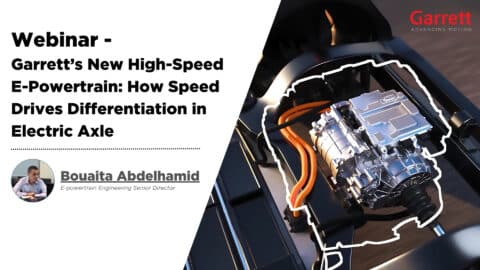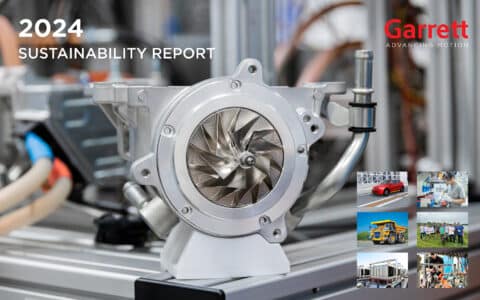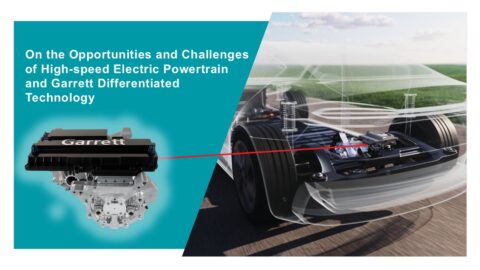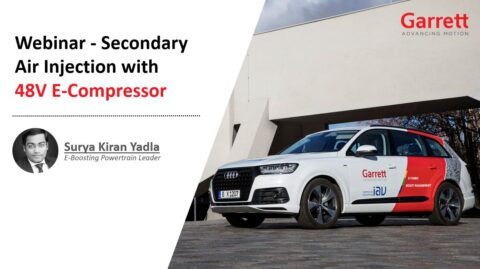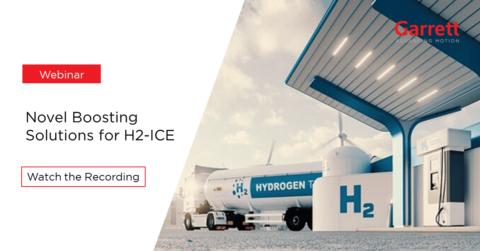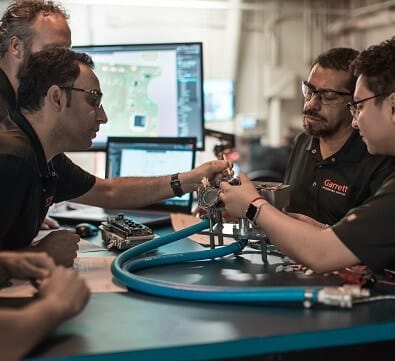The automotive world is undoubtedly in a period of flux. Urban air quality and climate change are the key drivers and new technologies such as zero emission, connected and autonomous vehicles are causing significant changes in the mobility landscape. Full electric vehicles (EV’s) are growing quickly on a percentile basis but require significant monetary and “in kind” incentives such as preferential city access, parking and exemption from life cycle CO2 counting, to stimulate adoption, at least in the short term. Legislation is also evolving rapidly. Real driving emission (RDE), the clean vehicle directive (CVD), CO2 monitoring and the still to be published Eu7 emission targets are being designed to transition the european fleet to one that can be measured and monitored firstly in terms of real world emission and ultimately in life cycle CO2 footprint. Change is not only taking place in automotive however. In the energy sector, the renewable energy directive (RED II) and the gas market design are the instruments with which the EU commission will steer the primary energy industries such as electricity and natural gas towards the goal of 90% reduction in CO2 by 2050. All these actions will take time to shape the individual industries but convergence will be well advanced by 2025 and by 2030 it should be possible to start comparing based life cycle CO2 in a meaningful way.
Battery costs are such that there is still significant margin to evolve internal combustion engine (ICE) based hybrids to higher efficiencies and lower CO2, compared to full EV’s. Mild hybrid powertrains are the logical progression from the conventional ICE and start-stop micro hybrids that are prevalent today. Diesel is now meeting stringent RDE NOx requirements and is completely compatible with hybridization. Gasoline is in the process of adopting particulate filters (GPF) to respect particulate number targets (PN) and can become competitive on CO2 with a conventional diesel if the combustion system is millerized (1). The first exponents of miller combustion were VW (2) but this is becoming mainstream and within the next 5 years more than half of europe’s turbo GDI engines will switch from waste-gate turbochargers to variable nozzle turbines (VNT). The combination of Miller & VNT is highly potent and will enable OEM’s to run lambda 1 full map and still boast best BSFC point’s in the range of 225g/kWh compared with todays 240-250g/kWh for most.
At Garrett, we believe best points of 190-195g/kWh and extended islands of 220g/kWh are feasible if advanced combustion can be combined with the right boosting technology. Whether it be extreme miller (3,4), lean (5) or GDCI (6), they all have the potential to reach these ranges and deliver even better fuel economy when combined with hybridization.
Furthermore, hybridization of the base powertrain opens the possibility of electrification of the boosting system and widens the aerodynamic design space for the turbocharger to deliver even better performance and efficiency, where it matters, under real world conditions. It’s no coincidence that Formula 1 has entered its second Turbocharged age. The engines exploit lean, miller, MGU-K and MGU-H (electrified turbocharger) to compete at high speed and with breathtaking dynamics, with brake thermal efficiency (BTE) of more than 46% while the vehicles are more than 51% efficient when you include recuperative braking. Away from the track, hybrid boost systems can come in many forms, the two front runners are electric compressor and electrified turbocharger.
Since much has already been written about electric compressors (7,8,9), this article will focus on electrified turbocharger (10,11) and some of the benefits it offers. It describes the first part of a two-year project and explores how an electrified turbocharger (12,13) can be applied to a main stream state of the art GDI engine to improve all major performance metrics whilst achieving Lambda 1 full map, which will be a prerequisite of EU7.







